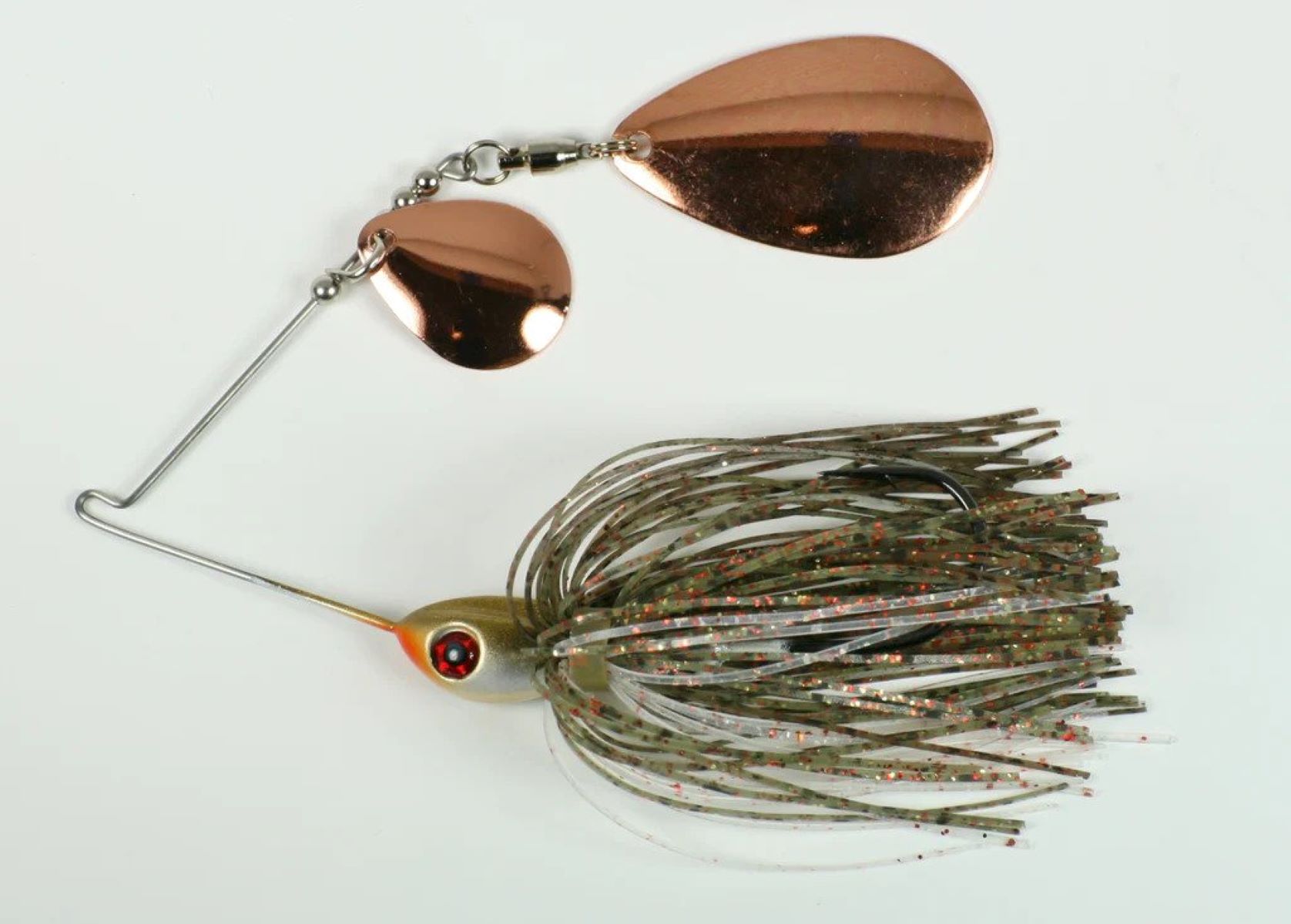

Articles
How To Store Spinnerbaits
Modified: January 6, 2024
Learn how to store spinnerbaits effectively with these informative articles. Keep your fishing gear organized and your spinnerbaits in top condition for your next fishing trip.
(Many of the links in this article redirect to a specific reviewed product. Your purchase of these products through affiliate links helps to generate commission for Storables.com, at no extra cost. Learn more)
Introduction
Spinnerbaits are versatile and effective lures for catching a wide variety of freshwater fish species. Whether you are an experienced angler or just starting out, it’s important to properly store your spinnerbaits to ensure their longevity and optimal performance on your fishing trips.
Properly storing spinnerbaits involves taking certain steps to protect the hooks, blades, and skirt material from damage or tangling. By following these storage techniques, you can prolong the lifespan of your spinnerbaits and maintain their effectiveness when you’re out on the water.
In this article, we’ll discuss the importance of properly storing spinnerbaits and provide a step-by-step guide on how to store them effectively. We’ll also highlight the materials needed for storage and share additional tips to ensure long-term durability and functionality.
Key Takeaways:
- Properly storing spinnerbaits is essential to protect hooks, prevent tangling, and maintain quality. Use tackle boxes, rubber bands, and storage bags for organized and durable storage.
- Cleaning, organizing, and using specialized storage bags are key to preserving spinnerbaits. Follow additional tips for long-term storage to ensure durability and optimal performance.
Read more: How To Store Basil From Store
Importance of Properly Storing Spinnerbaits
Properly storing your spinnerbaits is essential for several reasons. Firstly, it helps to protect the hooks and blades from damage. Spinnerbaits often feature sharp hooks and delicate blades, which can easily get scratched, bent, or dulled if not stored correctly. Damaged hooks or blades can significantly reduce the lure’s effectiveness and hinder your chances of a successful catch.
Secondly, storing spinnerbaits properly helps prevent tangling. Spinnerbaits consist of multiple components, including the skirt, blades, and hooks, which can easily get tangled and twisted together if not stored neatly. Untangling tangled spinnerbaits can be time-consuming and frustrating, resulting in wasted fishing time and potential damage to the lure.
Furthermore, storing spinnerbaits in an organized manner allows for easy accessibility and quick identification. When you’re out on the water, time is of the essence, and you don’t want to waste precious fishing time searching through a tangled mess of lures. By storing your spinnerbaits properly, you can easily locate the desired lure and get back to fishing without delay.
Lastly, proper storage helps to maintain the overall quality and durability of your spinnerbaits. Exposure to moisture, heat, and other environmental elements can degrade the lure’s materials over time, leading to rust, corrosion, or fading. By storing spinnerbaits in a controlled environment, away from direct sunlight and moisture, you can extend their lifespan and ensure they stay in prime condition for future fishing adventures.
Overall, the importance of properly storing spinnerbaits cannot be overstated. It not only protects the hooks, blades, and skirt material but also prevents tangling, allows for easy accessibility, and maintains the overall quality of the lures. By implementing effective storage techniques, you can maximize the lifespan of your spinnerbaits and optimize your fishing experience.
Materials Needed for Storing Spinnerbaits
Before you begin the process of storing your spinnerbaits, it’s important to gather the necessary materials. These materials will help ensure that your spinnerbaits are kept in good condition and organized for easy access. Here are the materials you’ll need:
- Tackle Boxes: Invest in quality tackle boxes that are designed specifically for storing fishing lures. Look for boxes with adjustable dividers or compartments to accommodate different sizes and types of spinnerbaits.
- Rubber Bands or Twist Ties: These will help prevent your spinnerbaits from tangling together. Opt for small rubber bands or twist ties that are easy to use and won’t damage the lure.
- Cleaning Solution: Use a mild cleaning solution or dish soap to clean your spinnerbaits before storing them. This will remove any dirt, debris, or fish scales that may be stuck to the lure.
- Soft Cloth or Towel: Use a soft cloth or towel to dry your spinnerbaits thoroughly after cleaning. Avoid using abrasive materials that could scratch or damage the lure.
- Spinnerbait Storage Bags (Optional): Spinnerbait storage bags are specially designed to protect and organize your spinnerbaits. They provide an additional layer of protection against moisture, dust, and other potential damage.
By having these materials on hand, you’ll be well-prepared to properly store your spinnerbaits and keep them in optimal condition for your next fishing trip.
Step 1: Remove All Hooks and Blades
Before you start the process of storing your spinnerbaits, it’s essential to remove all hooks and blades from the lure. This step is crucial to prevent any damage or injuries while handling and storing the spinnerbaits.
Begin by carefully detaching the hooks from the lure. Use a pair of pliers or your fingers to unscrew or unclip the hooks from the body of the spinnerbait. Place the hooks in a separate container or a small zip-top bag to keep them organized and prevent them from getting misplaced.
Next, remove the blades from the spinnerbait. Most spinnerbaits have easy-to-remove blades that are attached to a swivel. Gently unscrew or slide off the blades from the swivel, ensuring you don’t apply too much force that could damage the lure or the blades.
Once all the hooks and blades are removed, inspect them for any signs of damage or wear. Discard any hooks or blades that are rusty, bent, or in poor condition, as they may affect the performance of your spinnerbait.
Removing the hooks and blades not only makes the storage process easier but also reduces the risk of injuries. Without protruding hooks or sharp blades, you can handle and store the spinnerbaits with greater ease and safety.
By taking the time to remove all hooks and blades from your spinnerbaits, you’ll ensure that they remain in good condition and minimize the risk of any accidents or damage occurring during the storage process. This simple yet crucial step sets the foundation for effectively storing your spinnerbaits.
Step 2: Clean and Dry Spinnerbaits
After removing the hooks and blades from your spinnerbaits, the next step is to clean and dry them thoroughly. This process helps remove any dirt, debris, fish scales, or other substances that may have accumulated on the lure during your fishing trips.
Start by filling a basin or sink with lukewarm water and adding a small amount of mild cleaning solution or dish soap. Gently place the spinnerbaits into the soapy water and swish them around to loosen any dirt or grime. Use a soft brush or cloth to scrub the lures, paying extra attention to the skirt and body areas where most of the debris tends to accumulate.
Rinse the spinnerbaits with clean water to remove any remaining soap residue. Ensure that you rinse them thoroughly to prevent any residue from affecting the lure’s performance or attracting unwanted odors that could deter fish.
After rinsing, gently pat the spinnerbaits dry with a soft cloth or towel. Take care not to rub too vigorously, as this could damage the skirt or remove any paint or coating on the lure. Ensure that the spinnerbaits are completely dry before proceeding to the next step.
Drying your spinnerbaits is crucial to prevent the growth of mold, mildew, or rust. Moisture can cause these issues and deteriorate the overall quality of the lure. By thoroughly cleaning and drying your spinnerbaits, you’ll ensure that they remain in top condition and ready for your next fishing adventure.
Note: If you’re planning to store your spinnerbaits for an extended period, consider applying a thin layer of silicone-based lubricant on the hooks and swivels. This will help protect them from rust and corrosion during storage.
By following this step and thoroughly cleaning and drying your spinnerbaits, you’ll maintain their durability and effectiveness, ensuring that they’re ready for action when you need them most.
Read more: How To Store Store-Bought Bread
Step 3: Organize Spinnerbaits by Size or Type
Once your spinnerbaits are clean and dry, it’s important to organize them for easy access and to prevent tangling. An organized storage system will save you time and frustration when selecting the right lure for your fishing needs.
One way to organize your spinnerbaits is by size. Sort them into groups based on their length or weight. This will allow you to quickly find the size of spinnerbait you need for specific fishing conditions or target fish species.
Another organization method is to group your spinnerbaits by type or color. If you have different styles or variations of spinnerbaits, such as those with different blade types or skirt colors, it can be helpful to keep them separate. This way, you can easily choose the appropriate spinnerbait for the fishing situation and quickly switch between different styles if needed.
Use adjustable dividers in your tackle box to create separate compartments for each size or type of spinnerbait. This will help prevent them from becoming entangled and make it easier to find the lure you’re looking for.
Label each compartment with the size or type of spinnerbait it contains. This simple step will ensure that you can quickly identify and retrieve the desired lure without having to open every compartment or search through a tangled mess of lures.
By organizing your spinnerbaits by size or type, you’ll not only streamline your fishing experience but also extend the lifespan of your lures. Keeping them separate and well-organized reduces the risk of tangles, damage, or loss. You’ll have everything you need at your fingertips, making your time on the water more efficient and enjoyable.
Remember to periodically review and reorganize your spinnerbaits to accommodate any additions or changes to your tackle collection. This will help maintain an efficient storage system and ensure that your spinnerbaits remain organized and accessible for future fishing trips.
To store spinnerbaits, use a tackle box with individual compartments to prevent tangling. You can also use small plastic bags to keep them organized.
Step 4: Store Spinnerbaits in Tackle Boxes
One of the most effective ways to store and protect your spinnerbaits is by using tackle boxes. Tackle boxes are specifically designed to keep your fishing lures organized, easily accessible, and protected from damage. Here’s how to store your spinnerbaits in tackle boxes:
1. Select the right tackle box: Choose a tackle box that has adjustable dividers or compartments. This will allow you to customize the space according to the size and quantity of your spinnerbaits. Opt for a box with sturdy construction and a secure latch or closure to prevent accidental openings.
2. Arrange the compartments: Adjust the dividers in the tackle box to create separate compartments for each size or type of spinnerbait. This will prevent them from tangling together and make it easier to locate the lure you need.
3. Place the spinnerbaits in the compartments: Carefully place each spinnerbait in its designated compartment based on its size or type. Ensure that the hooks, blades, and skirts are facing down or away from other lures to prevent entanglement.
4. Fill the box strategically: Fill the compartments from largest to smallest, starting with the larger spinnerbaits at the bottom and the smaller ones at the top. This arrangement will prevent smaller lures from being crushed or damaged by larger ones.
5. Secure the tackle box: Close and secure the latch or closure of the tackle box to ensure that it remains tightly sealed. This will protect your spinnerbaits from moisture, dust, and other potential damage during storage and transportation.
Storing spinnerbaits in tackle boxes offers several advantages. It keeps your lures organized, reduces the risk of tangling, and provides a protective barrier against external elements. Tackle boxes also allow you to conveniently transport your spinnerbaits to fishing locations without worrying about losing or damaging them.
Remember to clean and dry your spinnerbaits before placing them in the tackle box and periodically check the box for any signs of wear or damage. By following these storage techniques, you can keep your spinnerbaits in excellent condition and ready for action whenever you’re out on the water.
Step 5: Prevent Tangling with Rubber Bands or Twist Ties
Spinnerbaits consist of multiple components, including the skirt, blades, and hooks, which can easily become tangled and intertwined if not properly stored. To prevent tangling and ensure easy access to your spinnerbaits, it’s important to secure them with rubber bands or twist ties.
Here’s how you can prevent tangling using rubber bands or twist ties:
1. Select the appropriate size bands or ties: Choose small rubber bands or twist ties that are easy to handle and won’t damage the lure. Opt for bands or ties that are durable and can securely hold your spinnerbaits in place.
2. Group spinnerbaits together: Gather your spinnerbaits of similar size or type and group them together. This will make it easier to secure them and prevent individual lures from getting tangled.
3. Secure with rubber bands or twist ties: Wrap a rubber band or twist tie around the grouped spinnerbaits to hold them in place. Make sure the band or tie is tight enough to keep the lures secure but not so tight that it damages the skirts or other components.
4. Repeat for each group: Repeat the process of grouping and securing with rubber bands or twist ties for all your spinnerbaits. Keep them separate based on their size or type to maintain organization.
By using rubber bands or twist ties to secure your spinnerbaits, you’ll prevent them from tangling together and ensure that they remain easily accessible. This technique will save you time and frustration when selecting a specific lure during your fishing trips.
Remember to store your secured spinnerbaits in tackle boxes or compartments to further protect them from tangling or damage. Regularly check and readjust the rubber bands or twist ties as needed to maintain the organization and prevent any tangles that may occur over time.
By taking this simple step, you’ll keep your spinnerbaits neatly organized and ready for action whenever you’re out on the water.
Step 6: Consider Using Spinnerbait Storage Bags
In addition to using tackle boxes, another option to further protect and organize your spinnerbaits is to consider using spinnerbait storage bags. These specialized bags are designed specifically for storing spinnerbaits and offer several benefits for anglers.
Here are some reasons why you might want to consider using spinnerbait storage bags:
1. Enhanced protection: Spinnerbait storage bags provide an additional layer of protection for your lures. They are often made of durable and water-resistant materials that help shield your spinnerbaits from moisture, dust, and potential damage.
2. Individual compartments: These bags typically have individual compartments or sleeves for each spinnerbait. This helps keep them organized and prevents tangling or damage during storage and transportation.
3. Easy access: The clear or transparent design of many spinnerbait storage bags allows you to easily see and identify each lure without having to open the bag. This saves time and frustration when selecting the right spinnerbait for your fishing needs.
4. Portability: Spinnerbait storage bags are lightweight and compact, making them easy to carry and transport. They can be easily slipped into a larger tackle bag, backpack, or fishing gear storage compartment for convenience.
5. Versatility: While these bags are specifically designed for spinnerbaits, many can also accommodate other types of lures or fishing accessories, allowing for versatile storage options.
Using spinnerbait storage bags is a personal preference and may depend on your fishing style and the number of spinnerbaits you own. If you have a large collection or like to keep your spinnerbaits organized and protected, investing in these bags can be a worthwhile choice.
Remember to properly clean and dry your spinnerbaits before placing them in the storage bags to prevent moisture build-up. Periodically check the bags for any signs of wear or damage and replace them if needed to continue providing optimal protection for your spinnerbaits.
By considering the use of spinnerbait storage bags, you can further enhance the organization and protection of your spinnerbaits, ensuring that they remain in excellent condition for your next fishing adventure.
Read more: How To Store Basil From Grocery Store
Step 7: Additional Tips for Long-term Storage
When it comes to long-term storage of your spinnerbaits, there are a few additional tips to keep in mind. These tips will help ensure that your spinnerbaits remain in excellent condition, ready for action whenever you need them:
1. Store in a cool and dry place: Choose a storage location that is cool, dry, and away from direct sunlight. This will help prevent moisture build-up, rust, corrosion, and fading of the lure’s colors or paint.
2. Avoid storing in extreme temperatures: Extreme temperatures, whether hot or cold, can damage the components of your spinnerbaits. Avoid storing them in places such as attics, garages, or areas with high temperature fluctuations.
3. Periodically check and maintain: Regularly inspect your spinnerbaits for any signs of wear, damage, or rust. Replace any worn-out or damaged components, such as hooks or blades, to maintain the lure’s effectiveness.
4. Avoid overcrowding: Avoid overcrowding your tackle box or storage container as it may lead to tangling, bending, or other damage to the spinnerbaits. Allow enough space for each lure to be stored without compression or unnecessary pressure.
5. Keep away from sharp objects: Store your spinnerbaits away from sharp objects or other fishing gear that may accidentally damage them. Preventing unwanted contact with sharp hooks or blades will preserve the integrity of your spinnerbaits.
6. Label and organize: Label each compartment or storage container with the size or type of spinnerbait it holds. This will make it easier to locate the specific lure you need and maintain an organized storage system.
7. Rotate your stock: If you have a large collection of spinnerbaits, it’s a good idea to rotate their usage. By using different spinnerbaits on each fishing trip, you can evenly distribute the wear and tear and extend the lifespan of your lures.
Following these additional tips for long-term storage will help keep your spinnerbaits in prime condition and ensure their durability for future fishing adventures. Proper storage and maintenance are essential for preserving the quality and effectiveness of your beloved spinnerbaits.
Conclusion
Properly storing your spinnerbaits is crucial for preserving their effectiveness and longevity. By following the steps outlined in this guide and utilizing the recommended materials and techniques, you can ensure that your spinnerbaits remain in excellent condition and ready for action whenever you’re out on the water.
From removing the hooks and blades to cleaning and drying the spinnerbaits, organizing them by size or type, and storing them in tackle boxes or spinnerbait storage bags, each step plays a vital role in maintaining the quality and functionality of your lures.
By preventing tangling, protecting against moisture and damage, and minimizing the effects of extreme temperatures, you extend the lifespan of your spinnerbaits and optimize their performance on your fishing adventures. Regular inspection and maintenance, as well as proper organization and storage, will help ensure that your spinnerbaits are always in top-notch condition.
Remember to periodically review your storage system, make necessary adjustments, and rotate your spinnerbaits to evenly distribute their usage. These proactive measures will help you enjoy long-term success and maximize the return on your investment.
By implementing the strategies outlined in this guide, you can maintain an efficient and effective storage system for your spinnerbaits. Organized, protected, and readily accessible spinnerbaits will enhance your fishing experience and increase your chances of landing that prized catch.
So, take the time to properly store your spinnerbaits. Your future self will thank you when you’re out on the water, effortlessly selecting the right lure and reeling in fish after fish with your expertly preserved and maintained spinnerbaits.
Frequently Asked Questions about How To Store Spinnerbaits
Was this page helpful?
At Storables.com, we guarantee accurate and reliable information. Our content, validated by Expert Board Contributors, is crafted following stringent Editorial Policies. We're committed to providing you with well-researched, expert-backed insights for all your informational needs.
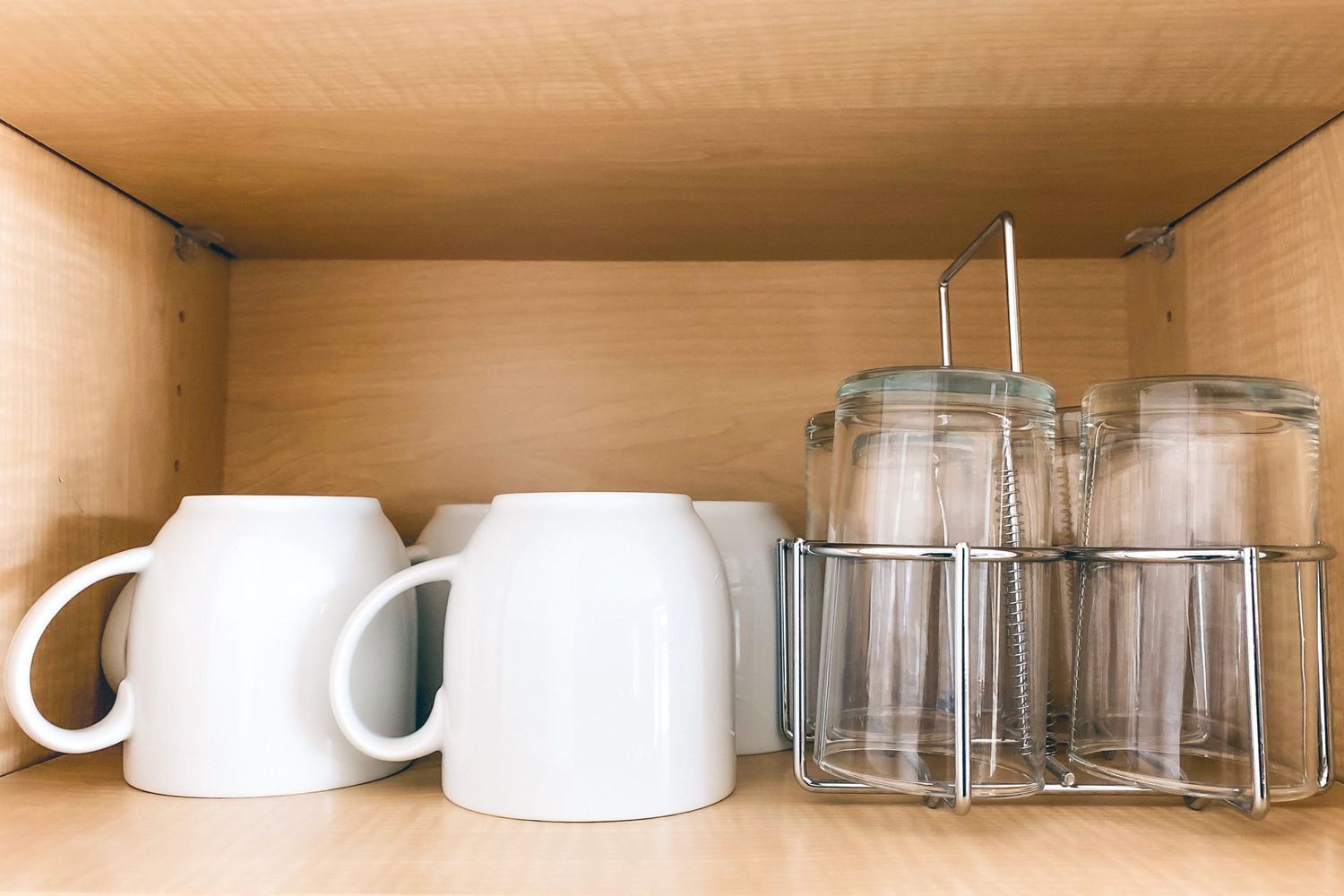

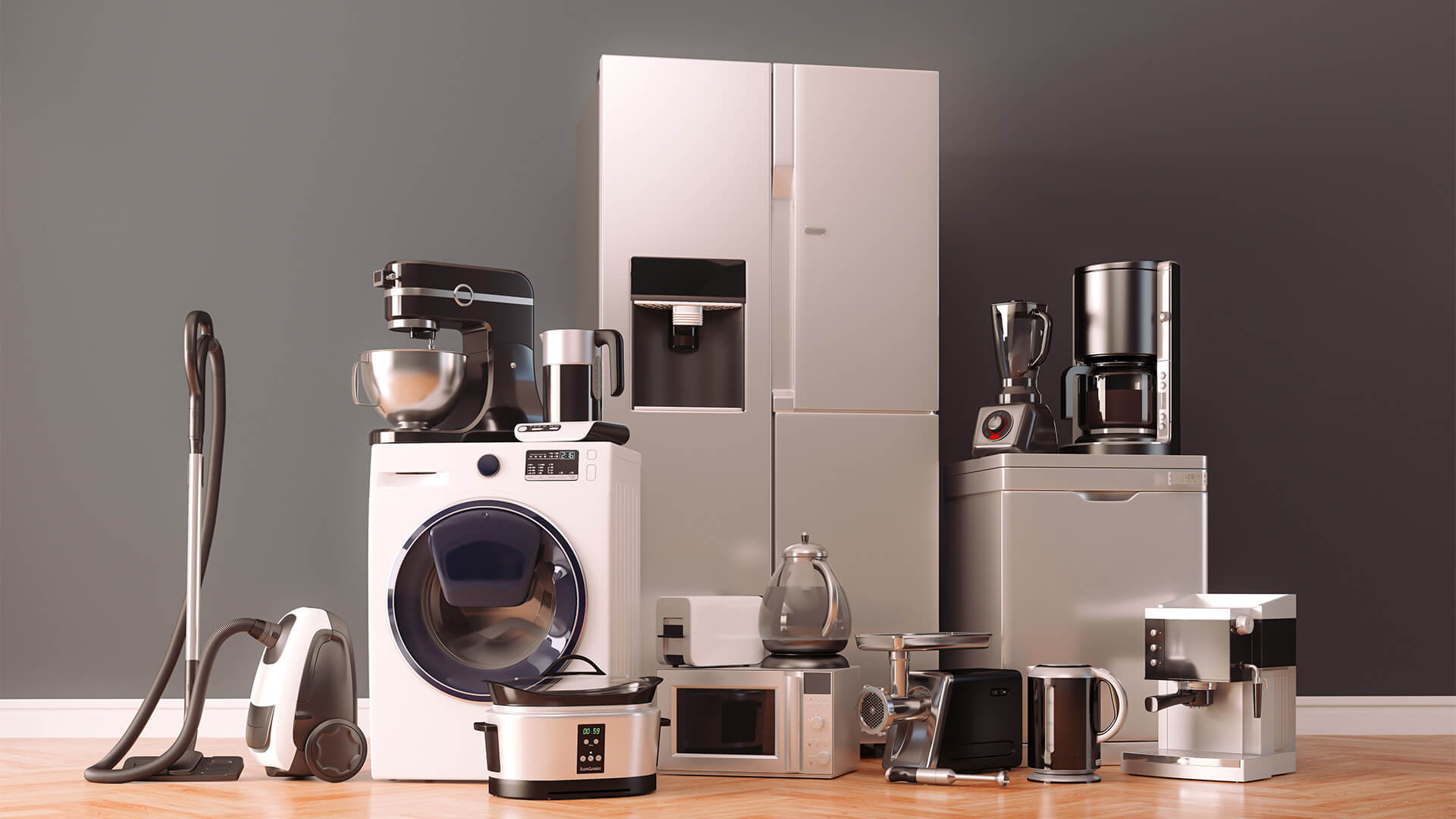
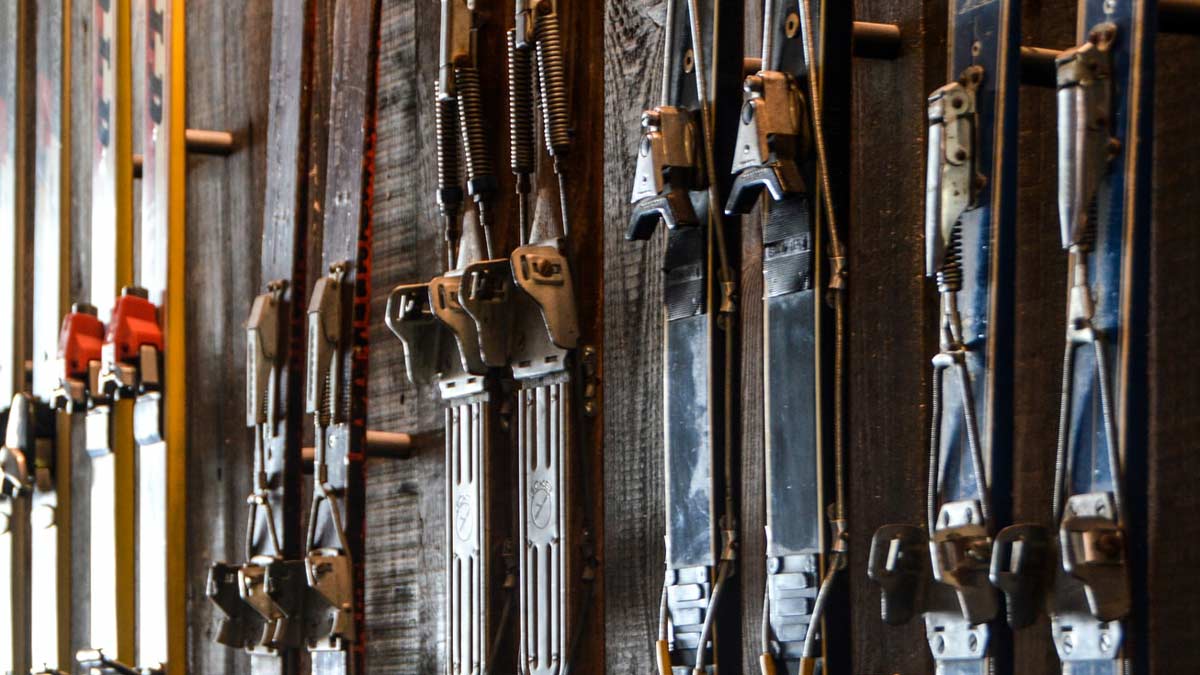
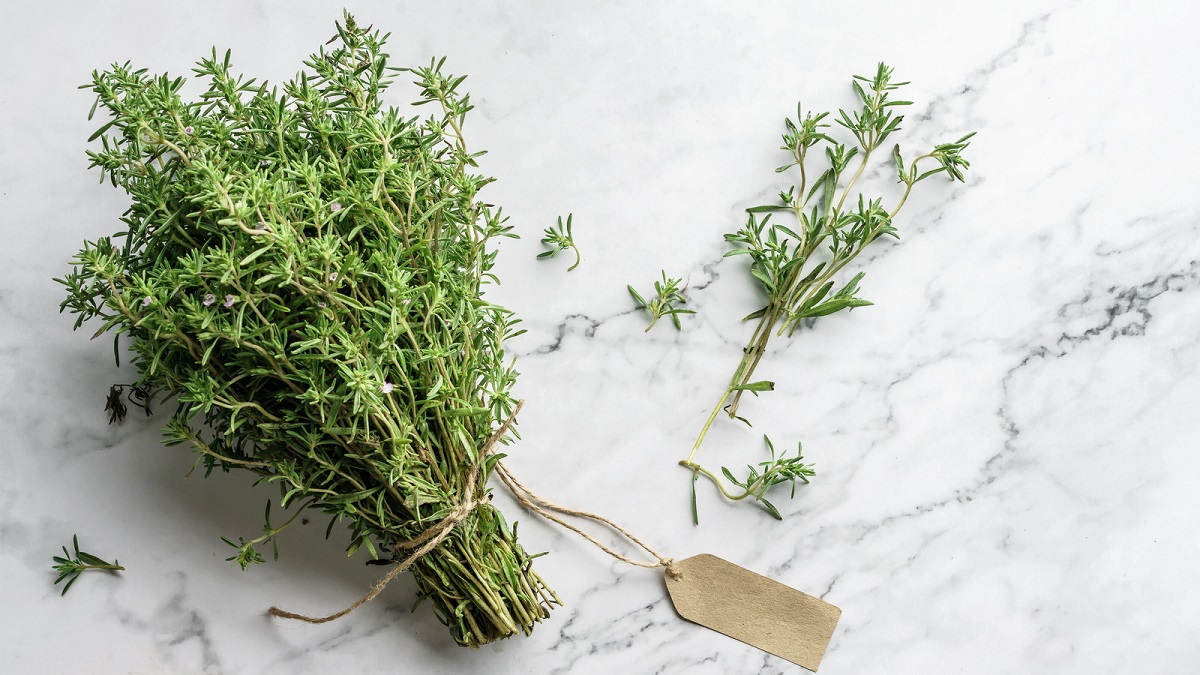
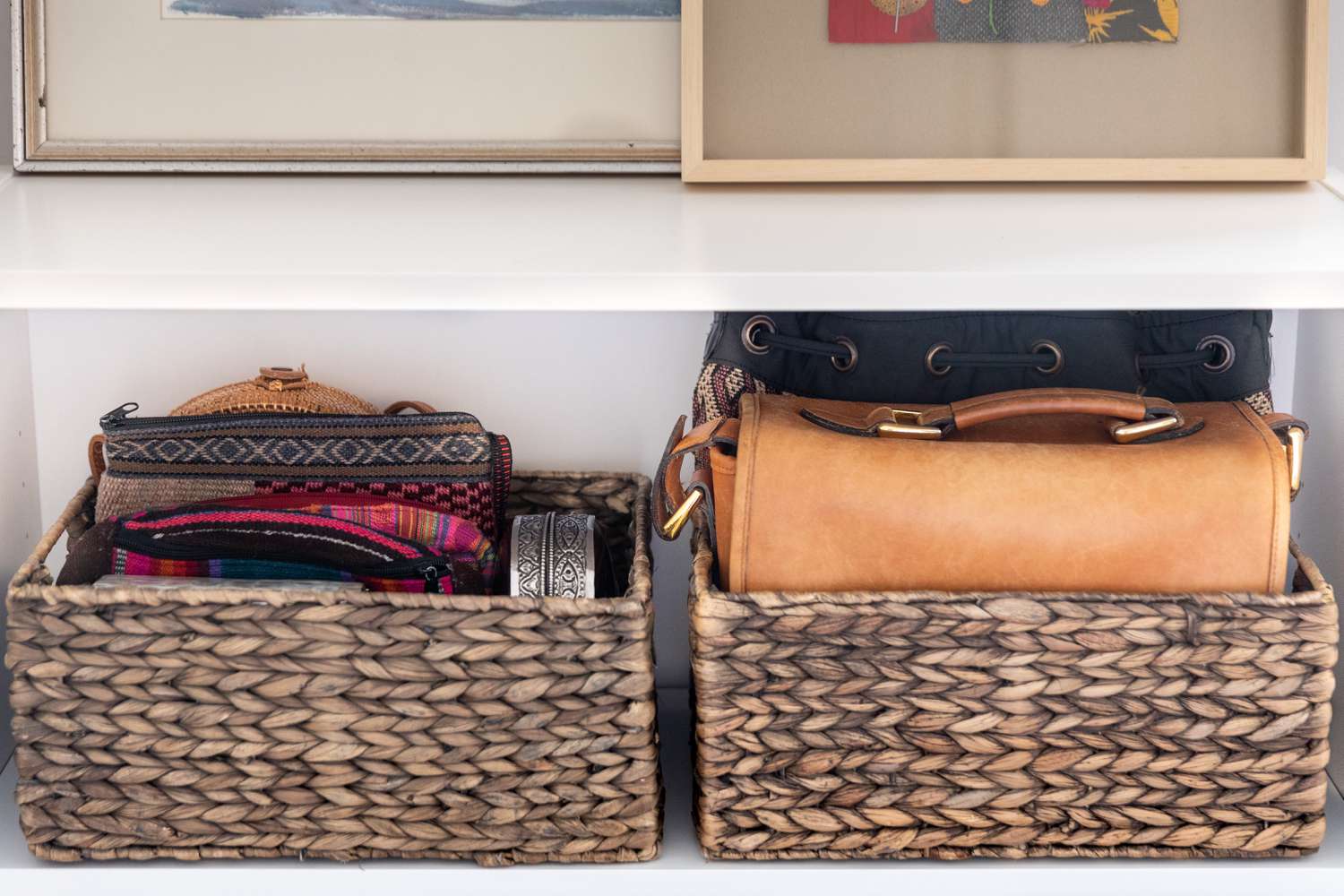


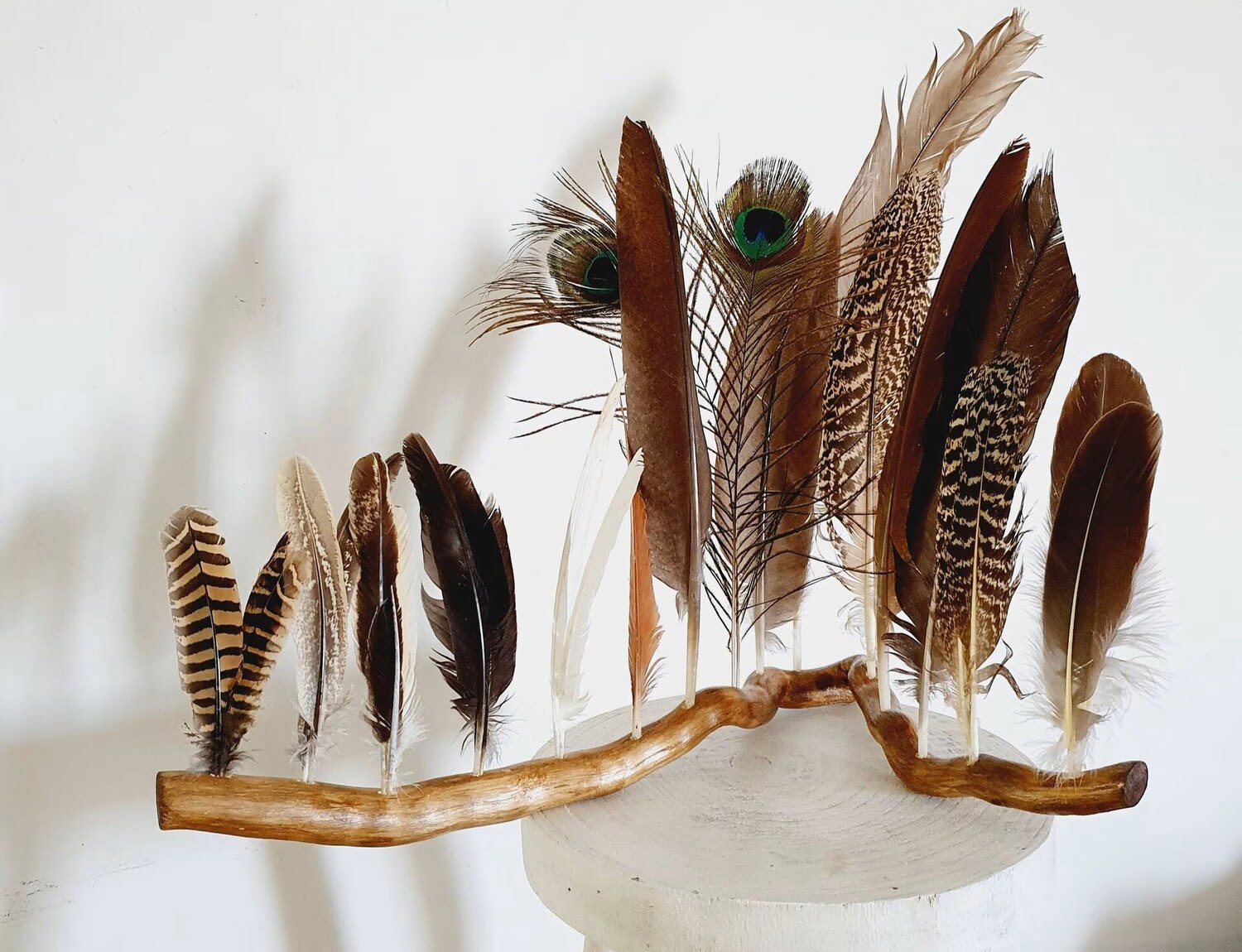
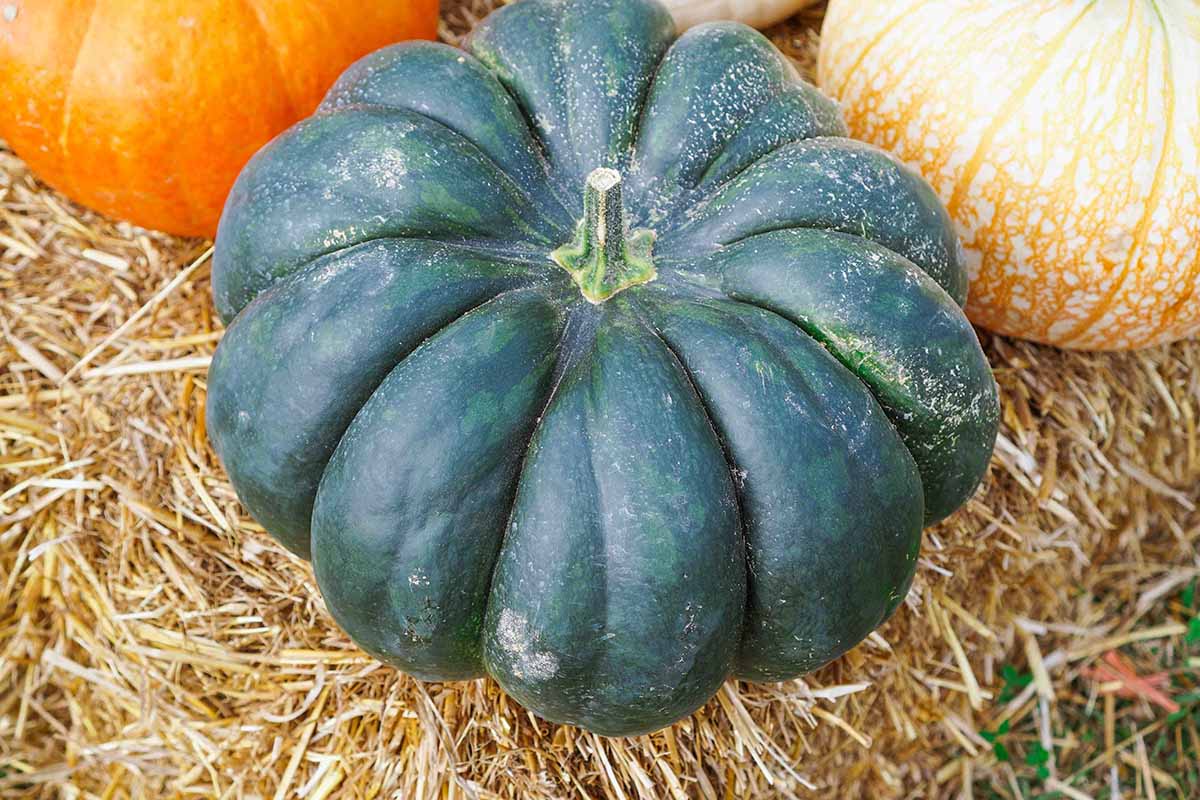


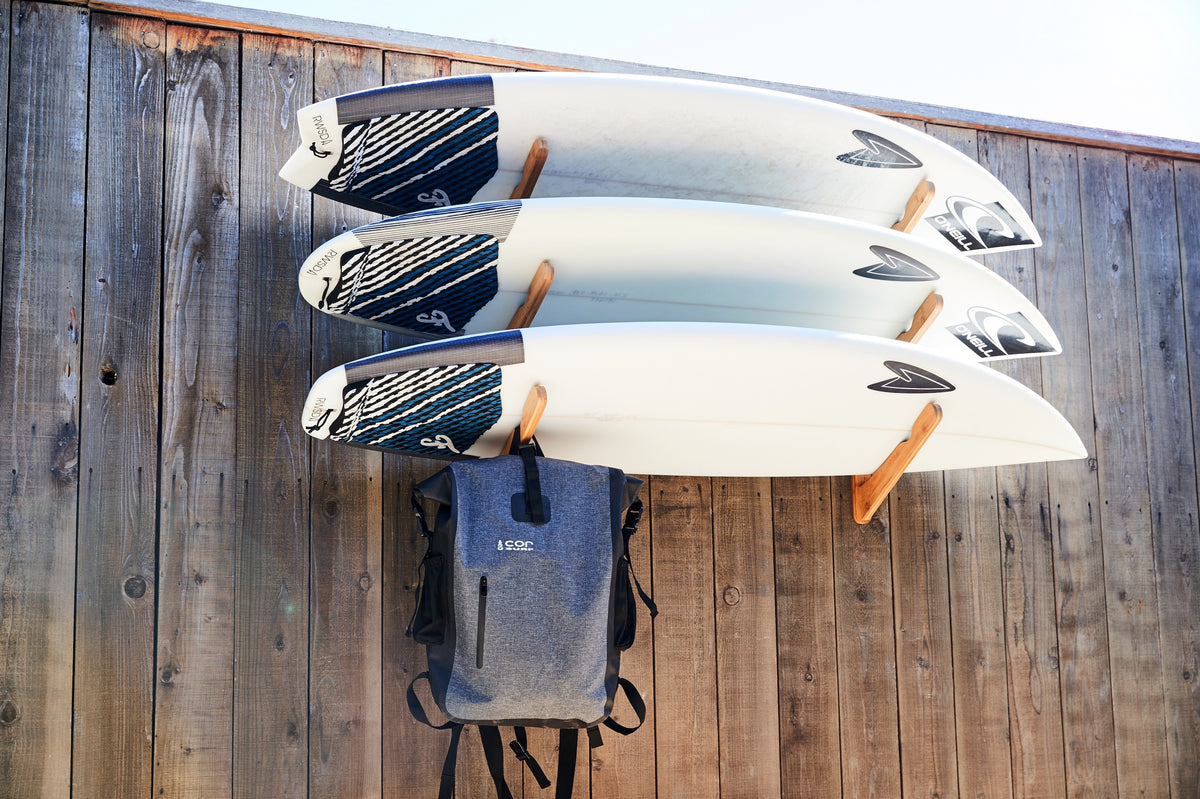

0 thoughts on “How To Store Spinnerbaits”